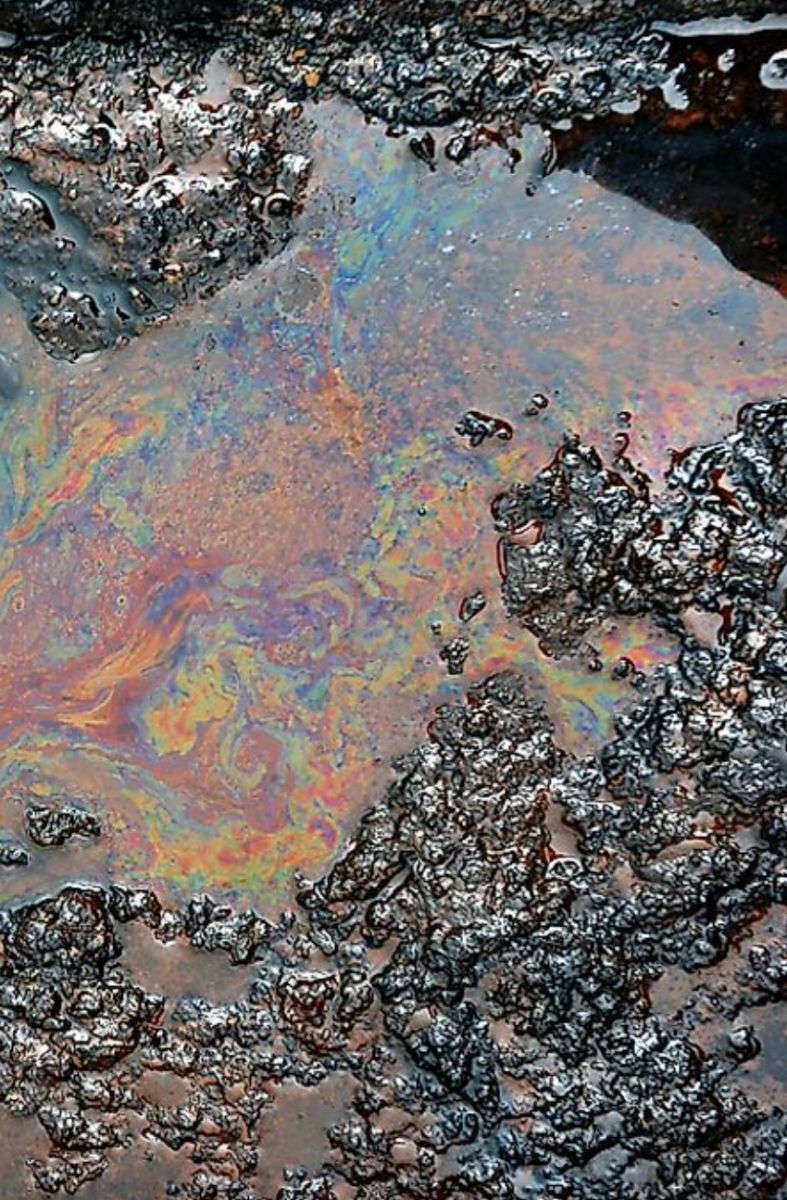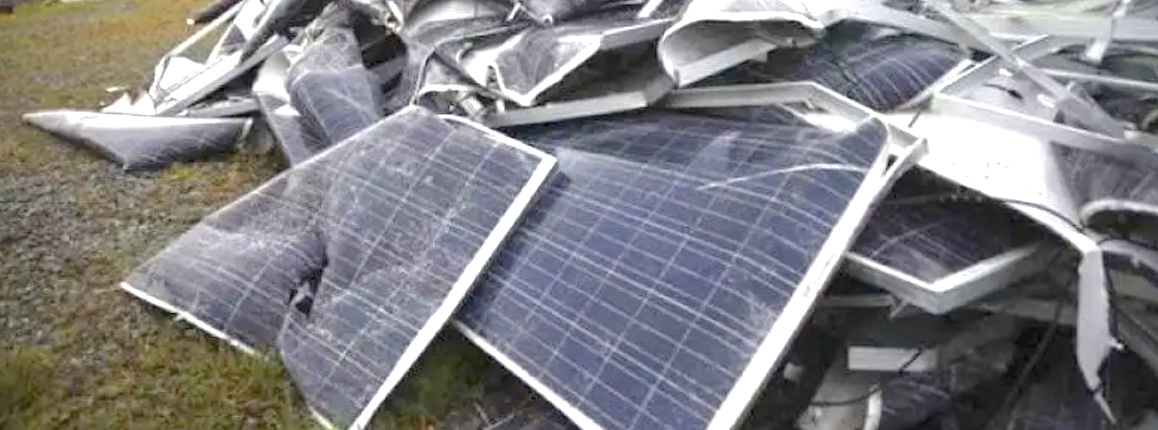Anticipating and Mitigating the Challenges from the Energy Transition
 When we look back at the past 100 years, the energy industry that has propelled our dramatic economic growth has been largely composed of fossil fuels, without much thought to the future consequences of such reliance. Even as countries begin taking meaningful action to mitigate the potentially catastrophic effects of climate change resulting from our dependence on fossil fuels, earlier anticipation and action on this matter would have given our economy a chance to avoid energy disruptions and/or aggressive and costly corrective policies.
When we look back at the past 100 years, the energy industry that has propelled our dramatic economic growth has been largely composed of fossil fuels, without much thought to the future consequences of such reliance. Even as countries begin taking meaningful action to mitigate the potentially catastrophic effects of climate change resulting from our dependence on fossil fuels, earlier anticipation and action on this matter would have given our economy a chance to avoid energy disruptions and/or aggressive and costly corrective policies.
Many of today's urgent energy challenges can be traced to past failures to anticipate and mitigate climate concerns. While it must be acknowledged that the dramatic economic advances we have witnessed have been underpinned in large part by the harnessing of fossil energy, there has also been a long-term cost. The very fossil fuels that have underpinned this incredible progress have, over the past century, resulted in dramatically rising global CO2 emissions, driving up atmospheric CO2 concentrations and global temperatures. In 2019 alone, anthropogenic CO2 emissions exceeded 36 gigatons (gt), up six-fold from six gigatons in 1950, and up 18-fold from two gigatons in 1900.
With clear evidence of rising global temperatures, increasing frequency of extreme weather events, and global CO2 emissions at record highs, a solvable problem has evolved into a crisis that individuals, companies, and governments are left scrambling to find urgent solutions for. However, while the clock is ticking, we must avoid the shortsighted thinking that got us into the crisis we presently face. We must be careful to ensure that the solutions we adopt to mitigate the climate crisis don't create more problems than they are intended to solve, and that any problems they do present are managed as effectively as possible.
Just as with the fossil economy over 100 years ago, we are in the midst of the large-scale adoption of new energy technologies that have significant potential to impact our environment and society; it is imperative that we consider the impact of this transition. The scale of adoption is staggering, with global photovoltaic (PV) capacity additions expected to reach 162 GW in 2022, according to the International Energy Agency, up from 50 GW in 2015. The growth of global PV installed capacity has been rapid, reaching 714 GW in 2020, up from only 1.3GW in 2000. Similarly, wind capacity additions reached almost 114 GW in 2020, almost doubling 2019 growth, with over half of additions in China. The longer-term outlook is for these aggressive renewable adoption trends to continue, as government policies, industry, utilities, and consumers worldwide align to reduce greenhouse gas emissions and meet or exceed the targets set by the Paris Agreement. Global PV installed capacity is projected to reach 8.5 TW by 2050, a 10x increase from today's levels, according to IRENA.
 Firstly, to avoid the mistakes made during the adoption of the fossil fuel economy, we must be confident that both the energy and the CO2 embedded in the production of renewable technologies (from raw materials extraction, processing, polysilicon production, panel production, transportation, and assembly) is significantly less than the energy provided by, and the CO2 emissions displaced by, those technologies, over their lifetimes. In other words, they must have a significantly positive energy and CO2 payback. There is evidence that they do, but this must be verified in every case, for every unit produced by every supplier, via a thorough, independent, robust auditing process that spans the entire supply chain. For instance, how do we know for sure that PV panels made in China, reliant on China's heavily coal-driven electricity grid, offer an acceptable CO2 payback, or if they are even CO2-negative? If they are not, then adopting them on a massive scale will not help solve the problem of CO2 emissions.
Firstly, to avoid the mistakes made during the adoption of the fossil fuel economy, we must be confident that both the energy and the CO2 embedded in the production of renewable technologies (from raw materials extraction, processing, polysilicon production, panel production, transportation, and assembly) is significantly less than the energy provided by, and the CO2 emissions displaced by, those technologies, over their lifetimes. In other words, they must have a significantly positive energy and CO2 payback. There is evidence that they do, but this must be verified in every case, for every unit produced by every supplier, via a thorough, independent, robust auditing process that spans the entire supply chain. For instance, how do we know for sure that PV panels made in China, reliant on China's heavily coal-driven electricity grid, offer an acceptable CO2 payback, or if they are even CO2-negative? If they are not, then adopting them on a massive scale will not help solve the problem of CO2 emissions.
Secondly, the environmental side effects of PV panel production, in particular, must be understood and mitigated throughout the supply chain. PV panels are intended to be clean and environmentally friendly technology. This must also be confirmed through independent auditing of the supply chain and production process, and adoption of environmental control measures where required.
Lastly, it is well known that there is a major challenge with the recycling of PV panels, in the United States and internationally. This problem will increase dramatically in the future as installed PV capacity grows and newer technology is adopted, leading to the disposal of older components. As noted above, new capacity additions today dwarf those of 20 years ago, which are just now starting to reach the end of life. IRENA projects that, by 2050, we will need to dispose of78 million tons of PV panels per year, creating a significant environmental problem given the lead, cadmium telluride, and other materials embedded in PV panels.
Now is the time to get ahead of these issues to ensure the transition to renewable energy lives up to its promise without needlessly resulting in significant negative side effects, as did the adoption of fossil energy (for all the many benefits it did provide).
Naoise Irwin is the CEO of Solarflux. The Solarflux team believes that parabolic dish concentrators offer unique potential to bring clean, inexpensive energy to a wide range of underserved market segments, particularly in regions of the world with an abundance of direct sunlight.
Solarflux | www.solarflux.co
Author: Naoise Irwin










.png?r=7258)

